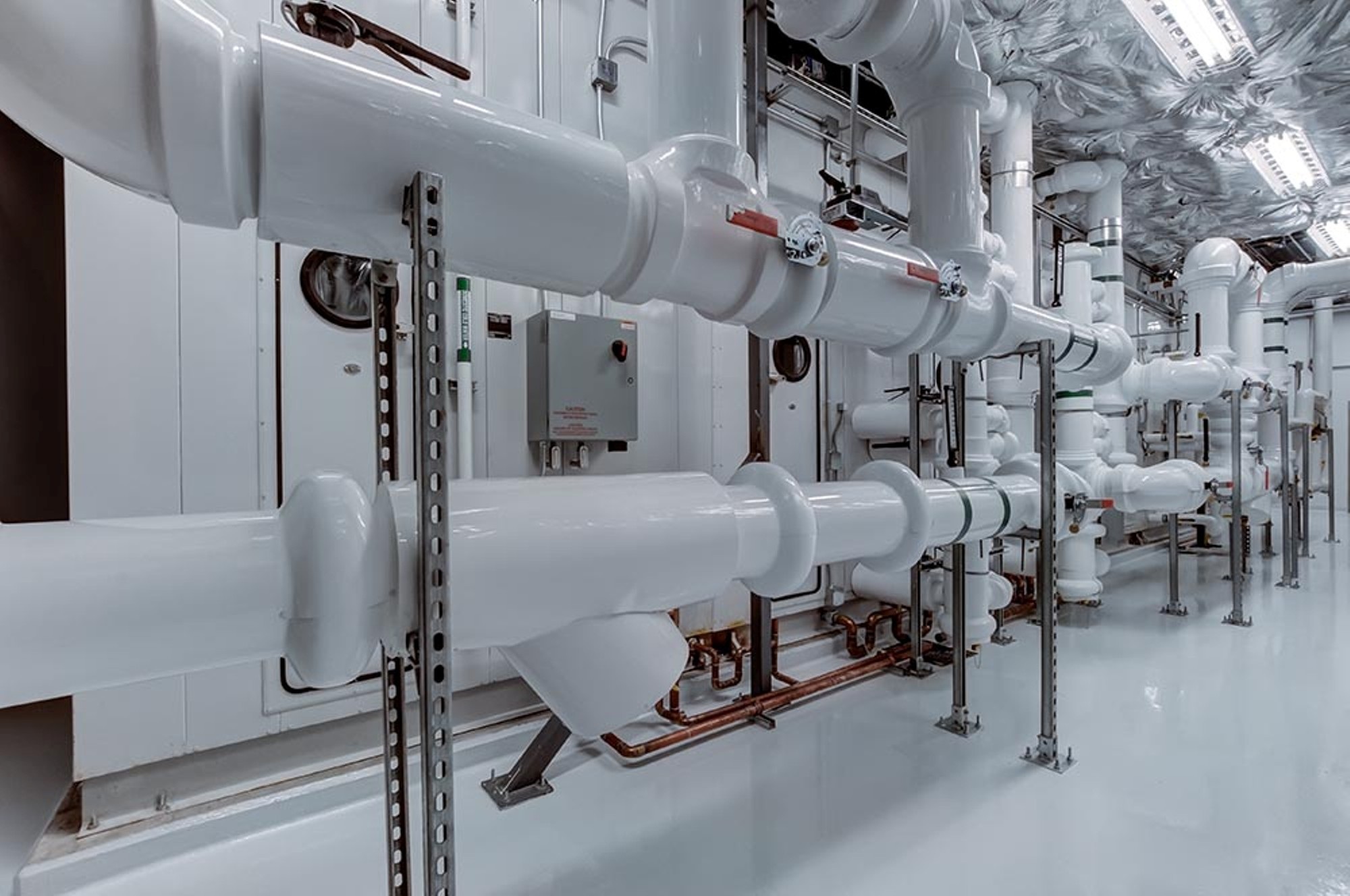The first ball valve was invented by John Warren, with a patent issued in 1871. No one paid any attention to it, including his boss. It wouldn’t get applied to any notable solutions for another 70 years.
It wasn’t until a young inventor named Howard G. Freeman invented a new way to build them that they solved problems the U.S. Navy had for putting out fires. Later, Freeman’s innovations in valves would get used on the Manhattan Project, nuclear submarines, and the Mercury space missions from NASA.
But how is a ball valve, specifically a 3-way ball valve, used? Keep reading to find out how to use it and when!
What Is a 3-Way Ball Valve?
A 3 way ball valve is similar to a normal ball valve in construction. It still consists of the valve housing, the ball in the center, the stem, the bonnet, and the seat.
The ball, where the ball valve gets its name, has a hole bored fully through the center of it. A 3-way or three-way ball valve has a third hole that only goes halfway, making a T-junction.
Also, as in a normal ball valve, gas or liquid is suspended in the void between the ball, seat, and valve housing. This means that if contamination or continued maintenance is an issue for your application, it might not be your first pick.
Ball valves are also generally used as shut-off valves. They don’t usually allow flow control.
Materials of the 3-Way Ball Valve
Ball valves are versatile valves that you can build in a variety of materials. From a 3-way brass ball valve to one made of PVC, PVDF, PE, or GFPP to stainless steel, practically any material can get used for making a 3-way ball valve.
The situation you want to use your 3-way ball valve often determines the material you need it made from.
Ways to Use a 3-Way Ball Valve
3-way ball valves are excellent for shut-off or flow redirect. You can have an inlet split the medium into two outlets. Or, with a quarter turn, send it only one outlet at a time. With a half-turn, you can close the valve completely.
Lubrication isn’t needed because of the seats and their surface properties, so you can use it in situations where the lubricant would be detrimental to your application.
Some ball valves can create low pressure drops in liquids that other valves don’t. High pressure drops in a liquid causes cavitation and turbulence in your system. These high pressure drops break the system down, damaging valves as pressure fluctuates.
In general, 3-way ball valves are great gas or liquid medium solution for:
- Switching flow between two sources
- Combining flow from two sources
- Cutting off flow completely
- To alternate flow between two outlets
- Diverting flow to a different destination
- Splitting flow from one source to two outlets
Changing the Flow
Did you learn what you needed to about the 3-way ball valve? It’s a complicated design that’s only been around for a little more than 150 years, compared with some brass plug valves that were used as far back as Pompeii. It’s an amazing tool that hopefully will help you in your designs!
Know what else can help out? Continuing to get the best tips and information on the internet. Keep browsing our articles to stay ahead!

